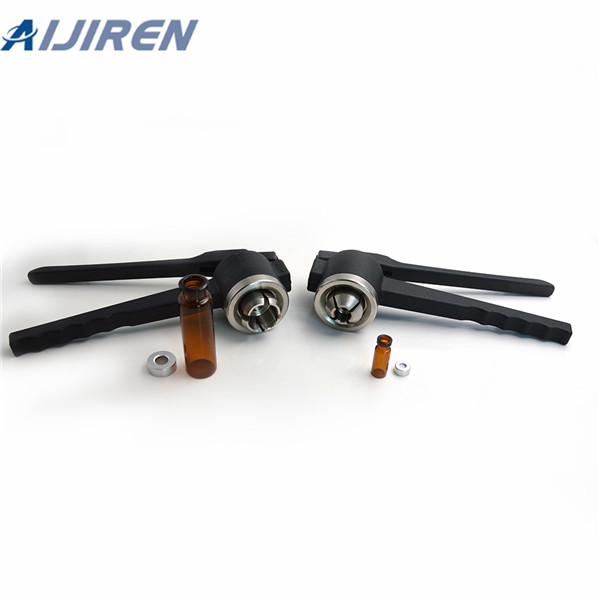
Dec 26, 2018 · 1. Does not come with caps. ND8mm Screw Thread Autosampler Vials are made of clear Type 1, Class A Borosilicate Glass with a writable label for sample identification. 2. Sample Vials with unique thread design ensures consistent seal and can be reused, not volatile, easy to use; 3. Screw Neck Vials ND8, small opening, 8-425 thread; 4.
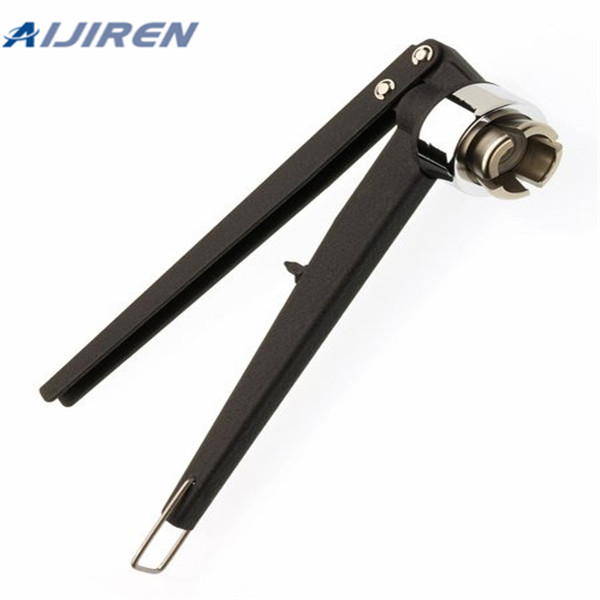
Nov 19, 2018 · Borosilicate Glasses. This is among the most common type of glass found in laboratories and is used in beakers, vials, test tubes, flasks etc. This material has a low expansion that makes it suitable for a wide variety of laboratory applications. It has a high resistance to chemical attacks and a very low coefficient of expansion.
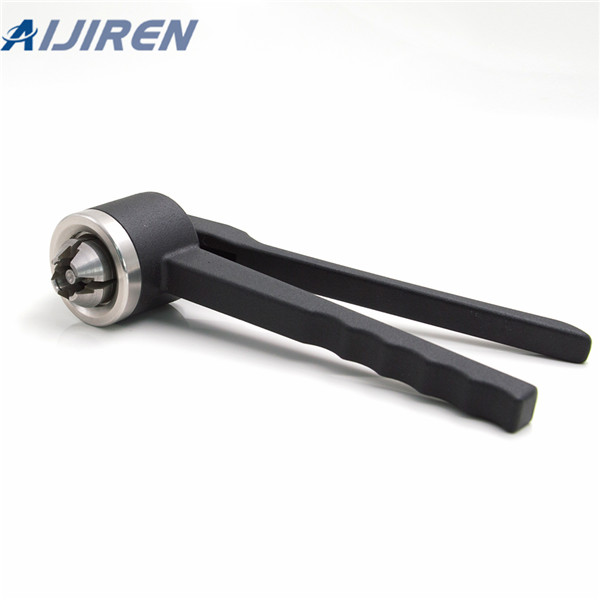
Almost all vials are made out of 1st hydrolytic class glass. First hydrolytic class glass is very hard and has a low expansion coefficient even at high temperature variations. It shows an excel-lent chemical resistance to acidic and neutral solutions, and even to alkaline solutions due to its relatively low Alkali content. Higher
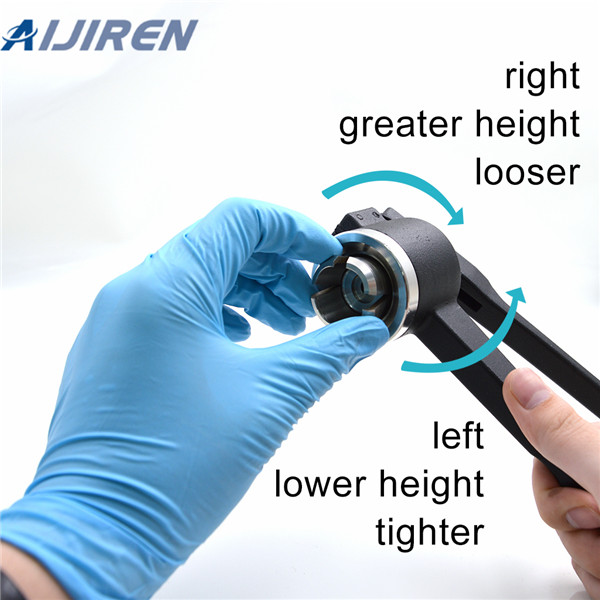

clear glass vials are Type 1, 33-expansion glass. Type 1, 51-Expansion Glass More alkaline than 33-expansion glass and is adequate for many laboratory uses. It has an expansion coefficient of 51x10–7 ˚C and is composed primarily of silicon and oxygen, with trace amounts of boron. All Aijiren Technology amber glassware is Type 1, 51-expansion glass.

2ml Amber HPLC Screw Vials with Blue Caps for Sale--Lab Vials The 2ml HPLC Screw Vials are made from clear/ amber, Type I borosilicate and 33 expansion glass.2ml Amber HPLC Screw market@aijirenvial.com
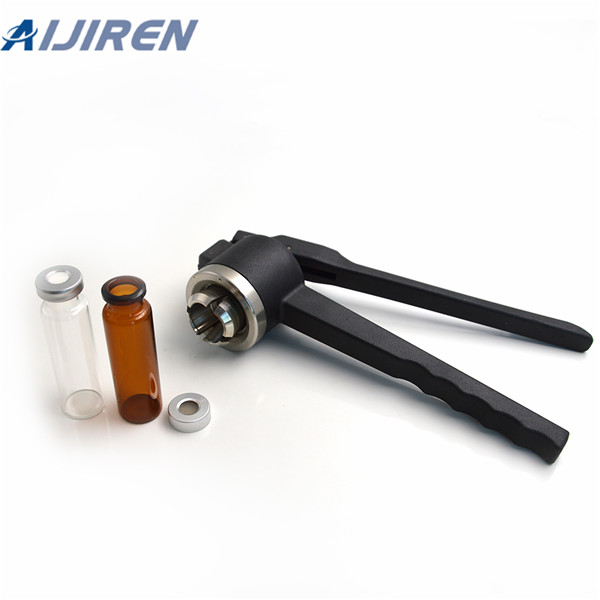
1.5ml/2ml 8-425 autosampler vial (Shimadzu chromatography sample vial) is provided by Zhejiang Aijiren Rechnology Co., Ltd., instead of imported Shimadzu sample bottle, standard GC, HPLC sample bottle, 5MM caliber, 8-425 standard Threaded port can be used for autosampler and sample storage. It can be used with 8-425 screw cap septum.
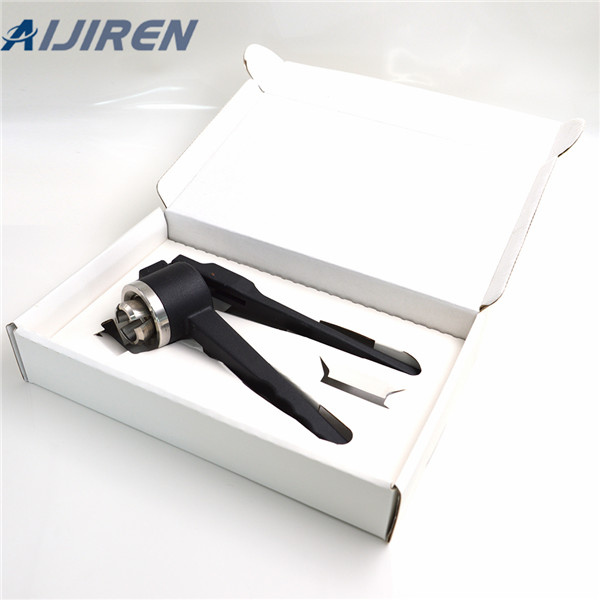
Color: BrownFeatures: 2ml sample vial are made of high quality borosilicic acid glass,low content of free ions,low coefficient of expansion and very high Your reliable partner - GL Sciences. chromatography certified, number scale and writing patch a low expansion coefficient even at high temperature variations. It shows an excellent chemical
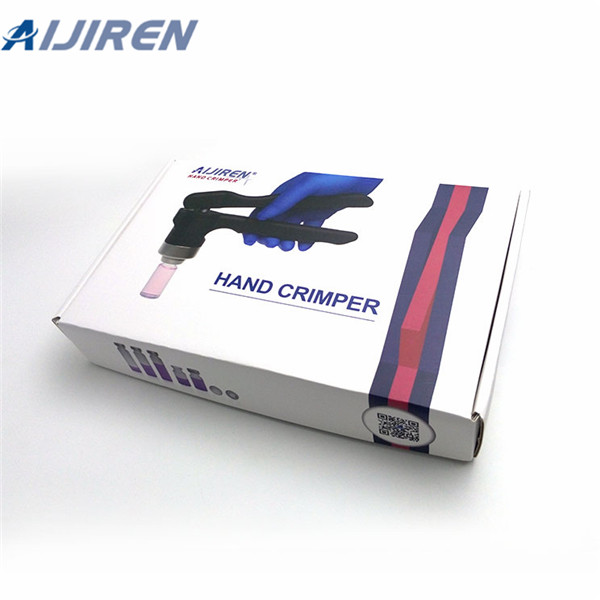
Combine a low coefficient of expansion with a very high chemical resistance Shop DWK Life Sciences Kimble™ Kontes™ Screw Thread Vials at Aijiren Techsci.com DWK Life Sciences Kimble Kontes Screw Thread Vials GPI thread: 18mm-400 | Aijiren Tech Scientific
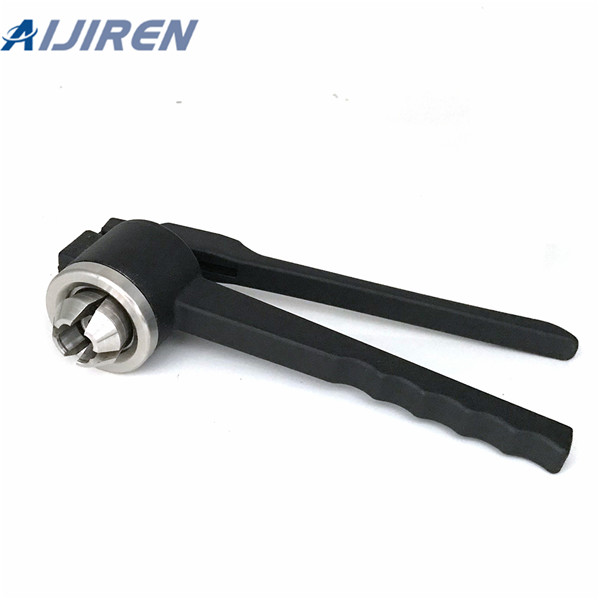
1.5ml/2ml 8-425 autosampler vial (Shimadzu chromatography sample vial) is provided by Zhejiang Aijiren Rechnology Co., Ltd., instead of imported Shimadzu sample bottle, standard GC, HPLC sample bottle, 5MM caliber, 8-425 standard Threaded port can be used for autosampler and sample storage. It can be used with 8-425 screw cap septum.

The vials are almost all made out of neutral glass tubing fo SCHOTT, which have a very low coefficient of expansion at high temperatures, and the vials are manufactured in an ISO 9001 certified. The vials can fit most brands autosampler, and all dimensions are strictly subject to trouble-free operation.
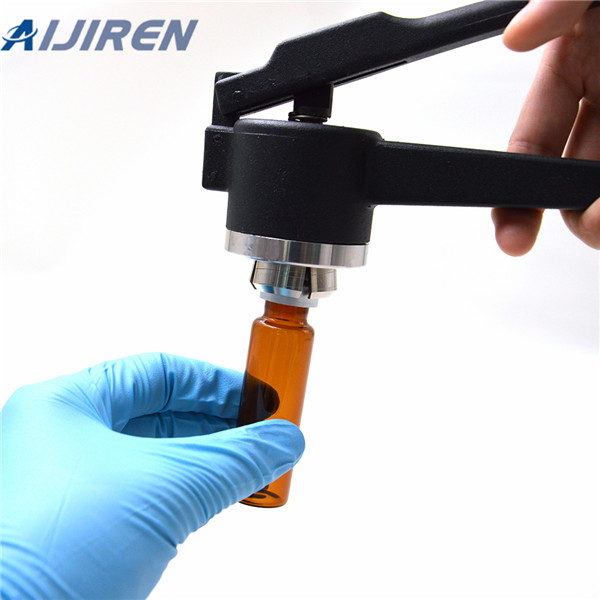
1-4mL Autosampler Vials for HPLC, UPLC, GC 16mm, 25mm Test Tubes for Water Analysis 6-20mL GC Headspace Vials 8-60mL EPA Storage Vials HPLC Syringe Filters About Case

All of our clear glass vials are made using type 1, 33-expansion glass. Type 1, 51-Expansion Glass More alkaline than type 1, 33-expansion glass, type 1, 51-expansion glass, is nonetheless adequate for use in many laboratories. Composed primarily of silicone and oxygen, with trace amounts of boron, its expansion coefficient is 51 × 10 –7 ˚C
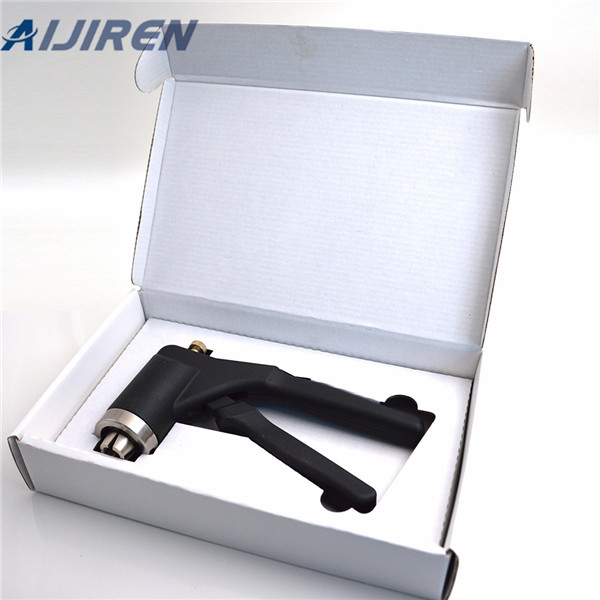
labeled HPLC sample vials very low expansion coefficient Chromatography & Autosampler Vials Features: 2ml sample vial are made of high quality borosilicic acid glass,low content of free ions,low coefficient of expansion and very high chemical Vials Information – Chromatography – MACHEREY-NAGEL Barcode-labeled vials.
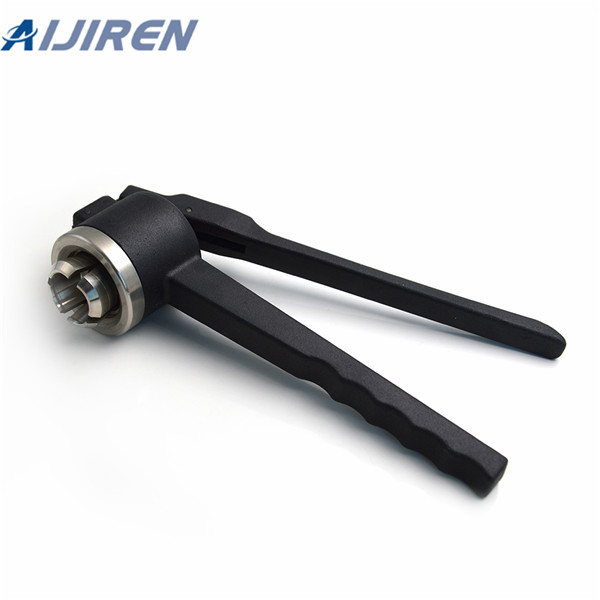
the headspace phase are the respective volumes of the sample and the headspace in the sealed vial. The concentration of analyte in the sample and the headspace can be expressed respectively as Equations 2 and 3. The mass of compound in the original sample will be the sum of the masses in the two phases at equilibrium as shown in Equation 7